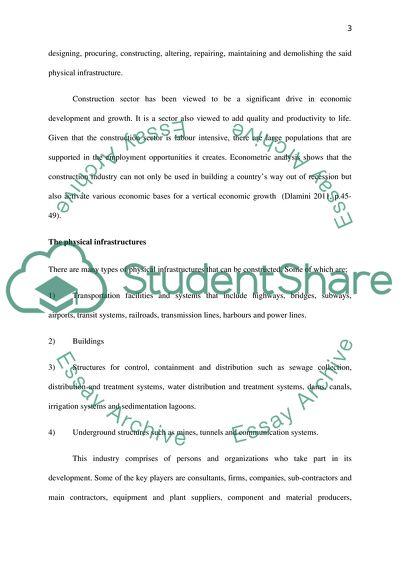Cite this document
(Industry-Economy Interlinkages Essay Example | Topics and Well Written Essays - 2750 words, n.d.)
Industry-Economy Interlinkages Essay Example | Topics and Well Written Essays - 2750 words. https://studentshare.org/macro-microeconomics/1795031-industry-economy-interlinkages
Industry-Economy Interlinkages Essay Example | Topics and Well Written Essays - 2750 words. https://studentshare.org/macro-microeconomics/1795031-industry-economy-interlinkages
(Industry-Economy Interlinkages Essay Example | Topics and Well Written Essays - 2750 Words)
Industry-Economy Interlinkages Essay Example | Topics and Well Written Essays - 2750 Words. https://studentshare.org/macro-microeconomics/1795031-industry-economy-interlinkages.
Industry-Economy Interlinkages Essay Example | Topics and Well Written Essays - 2750 Words. https://studentshare.org/macro-microeconomics/1795031-industry-economy-interlinkages.
“Industry-Economy Interlinkages Essay Example | Topics and Well Written Essays - 2750 Words”. https://studentshare.org/macro-microeconomics/1795031-industry-economy-interlinkages.


